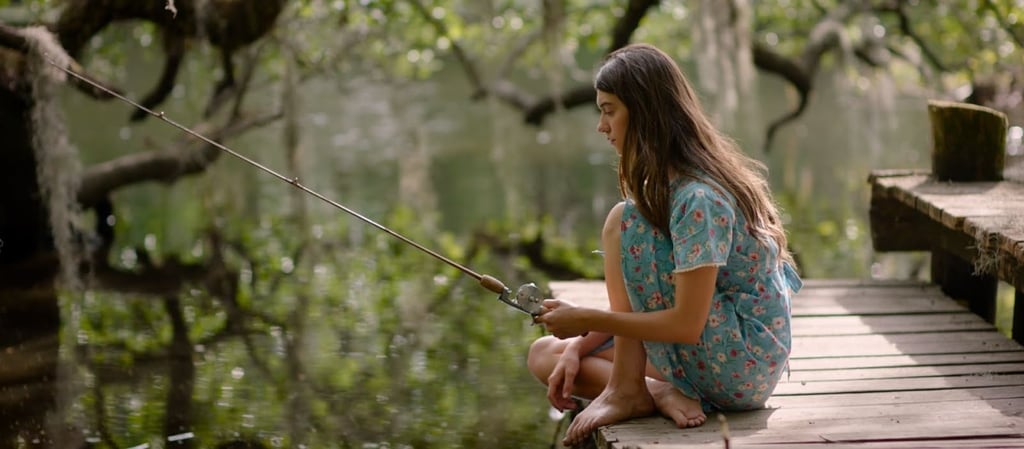Feeling Lonely & Being Alone
Today the words “lonely” and “alone” are often used interchangeably. But there’s a profound difference: loneliness is a feeling, while being alone is simply a state.


Embracing Solitude: Finding Joy in the Difference Between Loneliness and Being Alone
Loneliness and being alone are often misunderstood as the same experience. However, loneliness is an emotional state of feeling disconnected, while being alone is a physical state that can be deeply fulfilling. Understanding this difference can empower us to turn solitude into a source of peace, growth, and happiness. And one of the best ways to transform alone time into something positive is through movement. Physical activity brings us into the present moment, helping us feel grounded and at ease, no matter our surroundings.
Being alone can be a gift. Time spent by ourselves provides the chance to recharge, reflect, and reconnect with our inner selves. Moving our bodies amplifies this effect. A walk, a gentle stretch, or dancing to a favorite song can turn solitude into a joyful, meaningful experience. Physical activity releases endorphins—natural mood boosters—that help ease loneliness and lift our spirits. Movement reminds us of our strength, both physically and emotionally, allowing us to embrace our solitude with gratitude.
Loneliness often arises not from being alone but from a lack of connection with ourselves. It’s possible to feel lonely even in a crowded room if we aren’t in sync with our own thoughts and feelings. Movement helps bridge this gap by bringing us back to our bodies, our breath, and our heartbeat. Walking, stretching, or engaging in any activity we enjoy lets us become more present with ourselves, enhancing our sense of peace and self-assurance. In these moments, we realize we are whole on our own.
One of the powerful ways movement counters loneliness is by grounding us in the present moment. Loneliness can lead to overthinking and self-doubt, but movement shifts our focus from our thoughts to the sensations in our body. As we move, we give ourselves the gift of being present, creating space for self-care and calm. A simple walk outdoors, for example, helps us reconnect with our surroundings, reminding us that we are part of something bigger than ourselves.
When we embrace being alone, we cultivate self-discovery. Moving on our own—whether through hiking, yoga, or a quiet stretch—reveals our resilience and strength. These moments of solitude show us that happiness doesn’t depend on external factors; it’s found within. The more we connect with ourselves in these moments, the more we grow in confidence and peace.
Learning to find joy in solitude, especially in a world that values constant connection, is liberating. By making movement a part of our alone time, we realize that being alone isn’t about lacking; it’s about discovering fullness within. Happiness is an inside job, and the connection we build with ourselves through movement is a powerful step toward that. Embracing solitude, we uncover fulfillment that enriches our lives and empowers us to feel complete, strong, and at peace.


